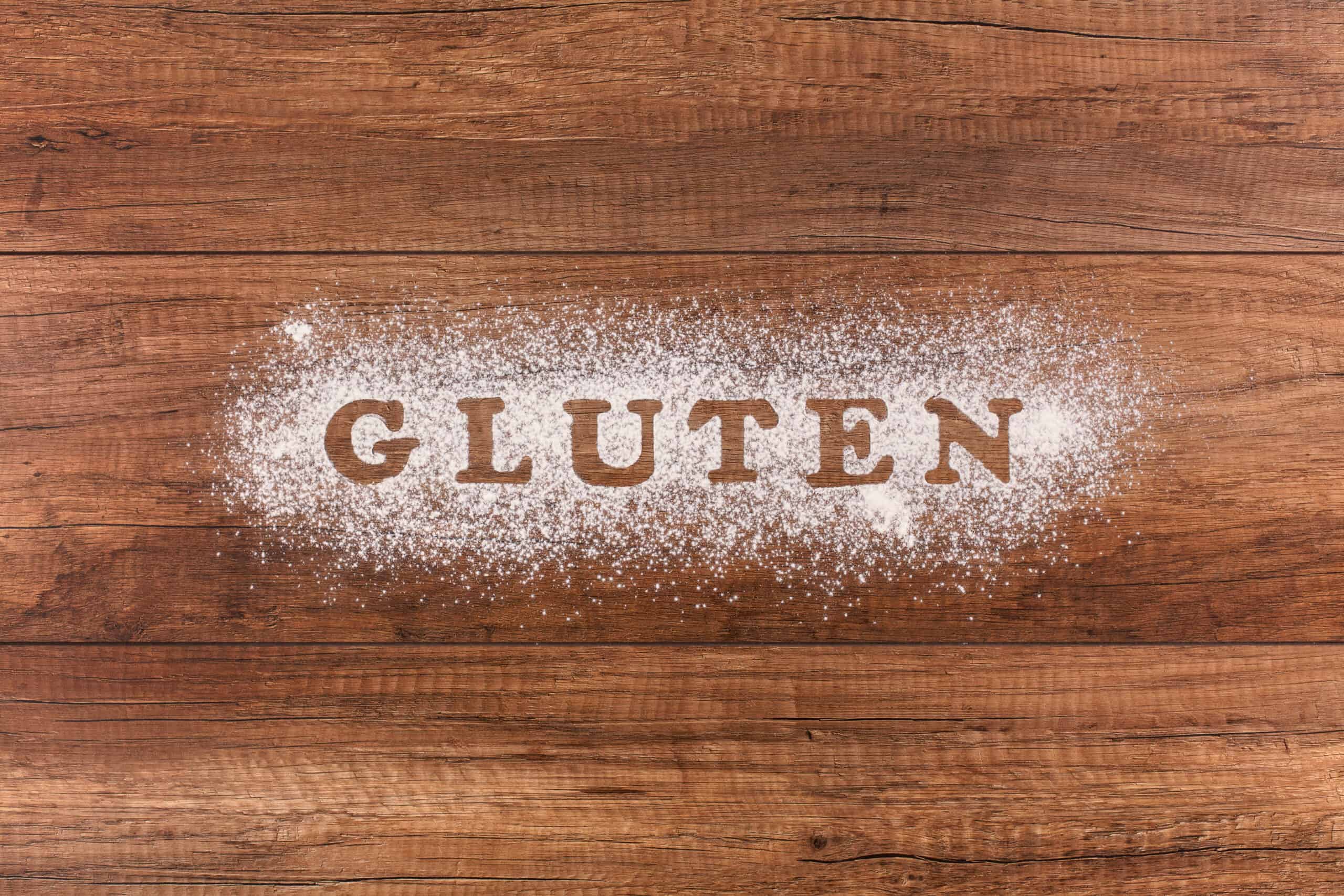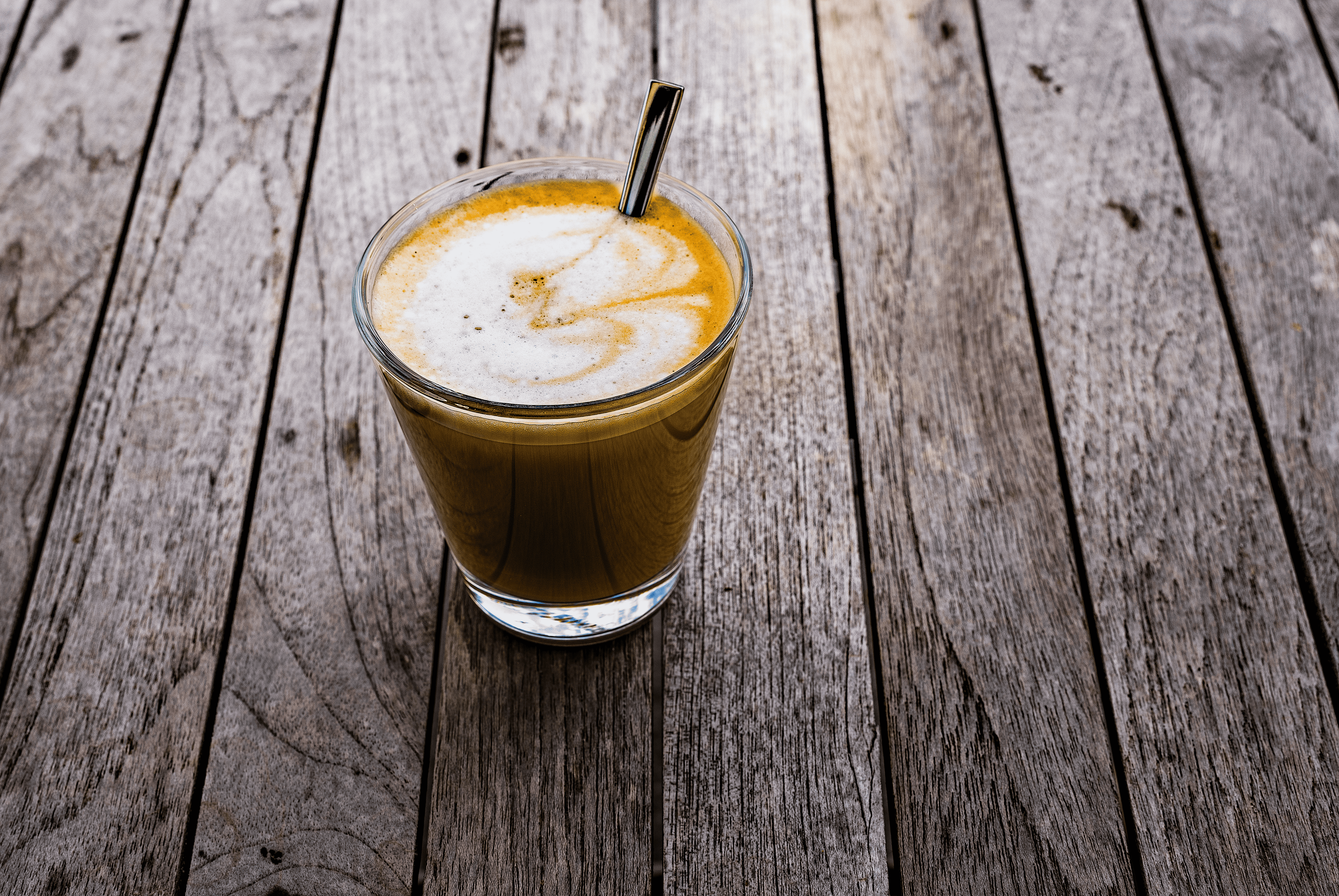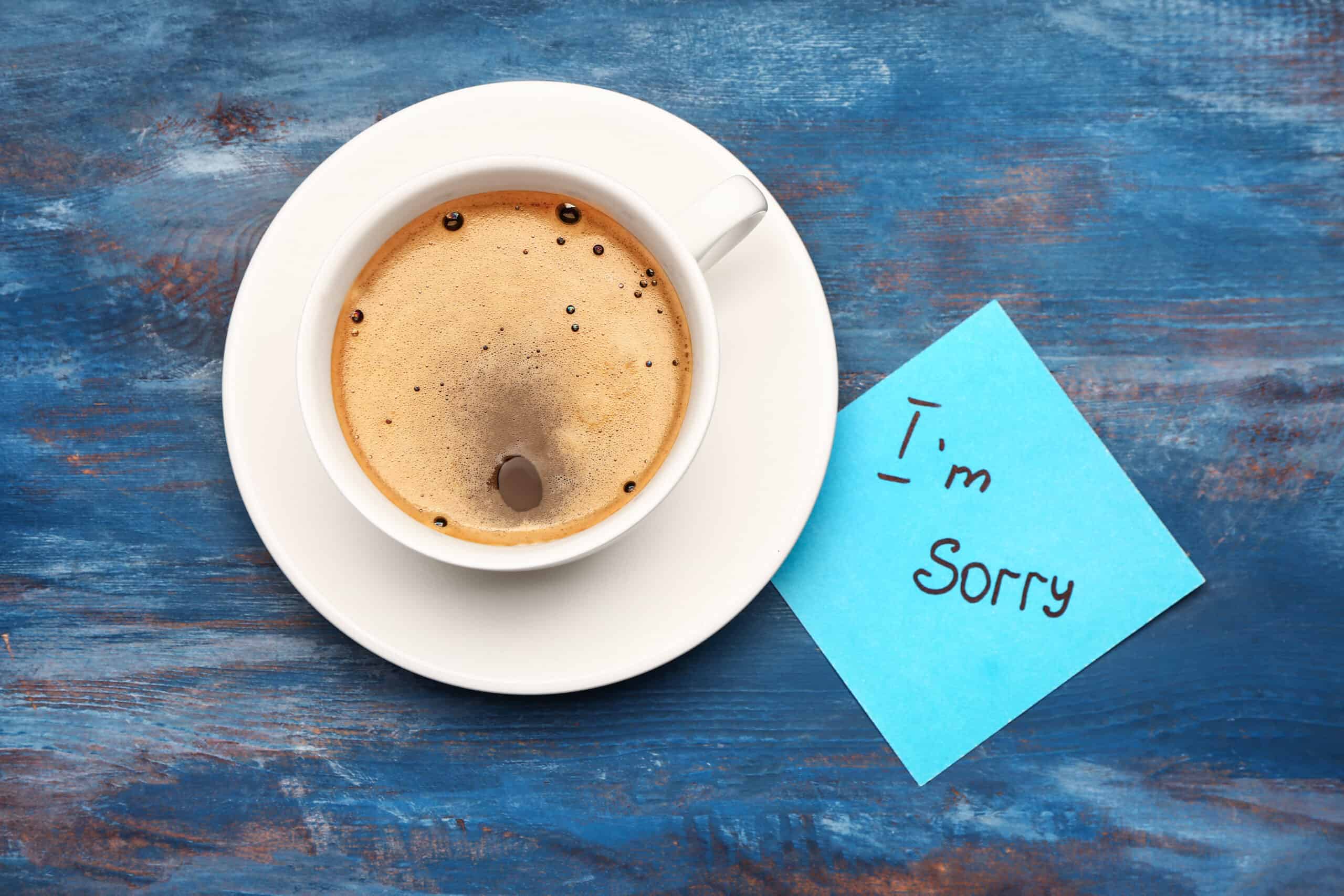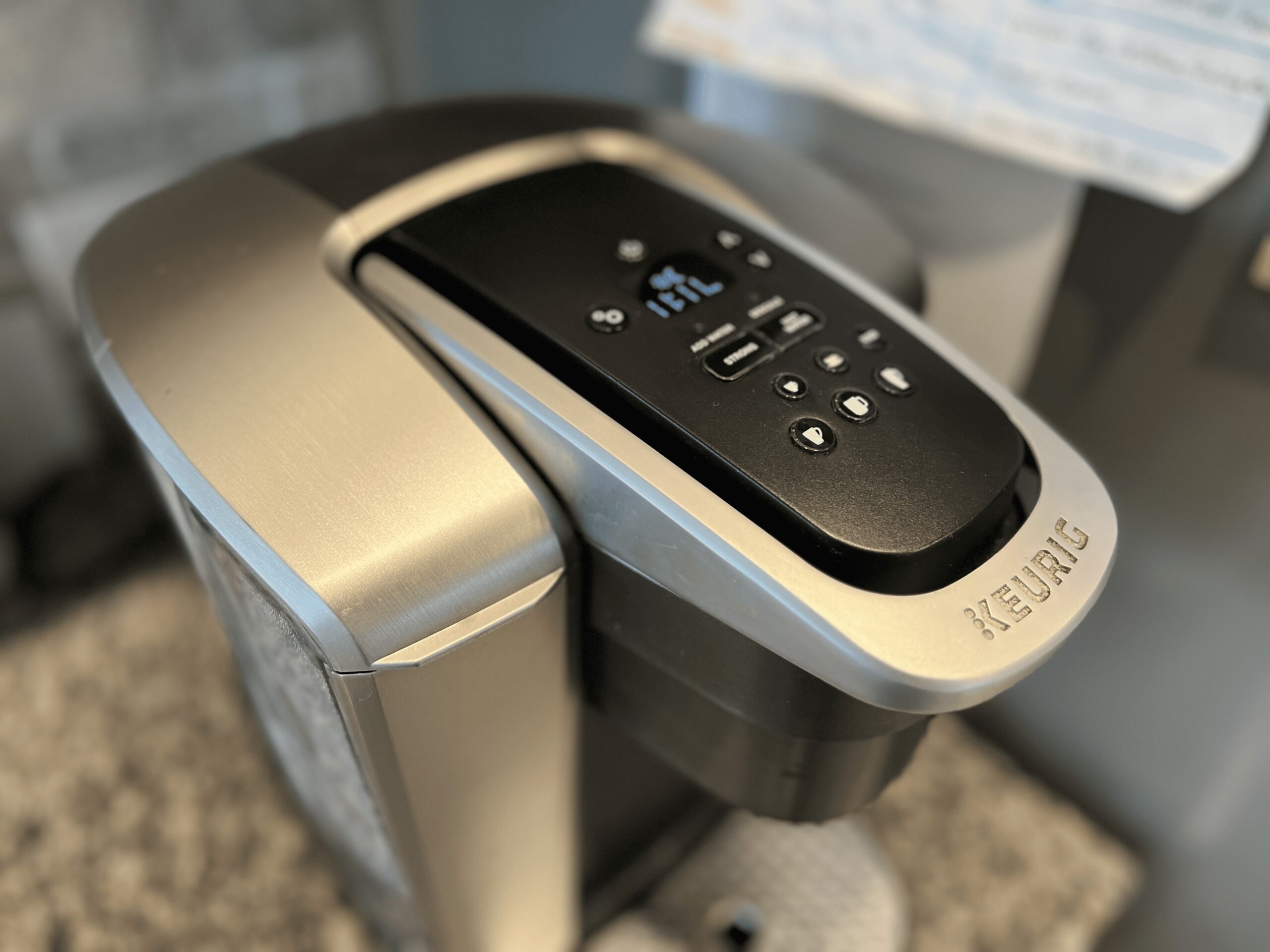Is Coffee Gluten Free? Best Cup for Your Gut
Coffee, with its invigorating aroma and rich flavor, is a beloved beverage enjoyed by millions worldwide. For those with gluten sensitivities or celiac disease, determining the gluten content of various foods and beverages is crucial. This begs the question: Is coffee gluten-free? Coffee, in its pure form, is gluten-free as it is …





